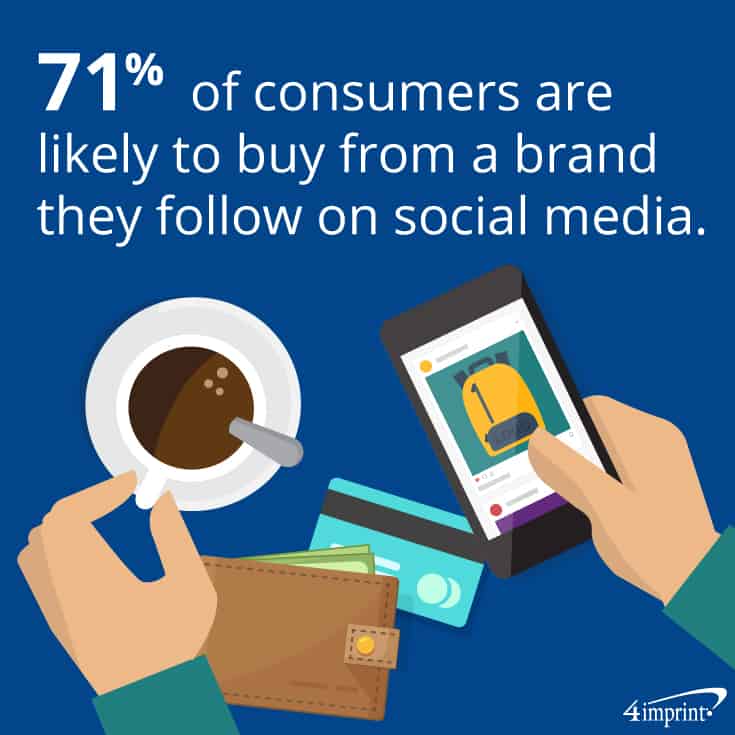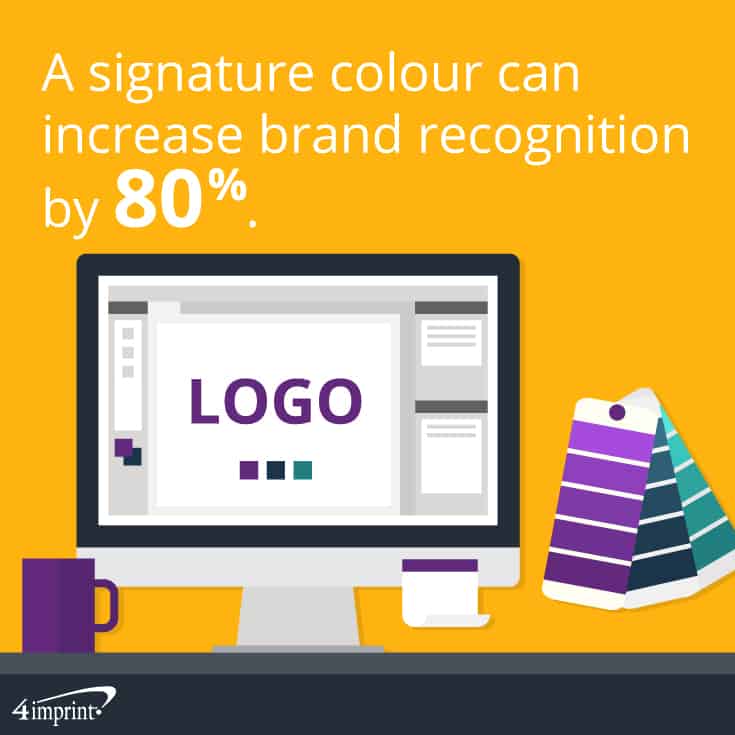They say you never get a second chance to make a first impression. And yet, that’s what rebranding is—using a variety of marketing techniques and branded promotional items to make a new first impression of who you are and how far your company has come.
Rebranding is a normal part of doing business, something most companies do about every 7 to 10 years. Apple®, for example, has rebranded three times since their founding in 1977, while Starbucks®—founded in 1971—has rebranded four times since its inception. Handled well, this process can take a brand that might seem a little tired and give it a modern look and feel.
In the latest edition of our Blue Papers®, we break down the rebranding process. We’ll start by helping you decide whether rebranding is right for your company. Then we’ll walk through each of the steps needed to get your new brand off the ground.
Rebranding for the right reasons
Before you begin rebranding, you first need to ask yourself why you are rebranding. Although rebranding has several benefits, it’s important to know there are issues that a rebrand is unlikely to improve, including:
- Low sales cycles
- Poor brand awareness
- Poor marketing efforts
If you’re experiencing one of the above challenges, your business would be better served by developing a strong marketing plan rather than going through a rebrand.
So when is it the right time to rebrand? Let’s take a look.
You need to stand out from the competition
In a world with millions of companies competing for attention, it’s possible another business may have branding that’s preventing people from finding you. If the name of your business is similar or the same as another, changing your name may be the best way to help potential customers find you, especially when they’re using a search engine.

Standing out from the crowd is also essential in social media. Studies show that 71% of consumers are more likely to buy from a brand they follow on social media. That means you could potentially increase sales by having a name and brand that is easy to locate on multiple social media platforms.
You are launching a new product
If you’ve developed a new product designed to reach a fresh market, you may want to think about how to make it stand out from your other offerings. If, for example, you have one product for B2C and another for B2B, giving each product its own name and brand identity will go a long way toward preventing customer confusion.
Maxim Software Systems suspected a new product would be better received if the company made it clear that customers could use the new product without having to purchase other Maxim software products.
“When it comes to switching software, it’s a high-stress situation,” CEO Alex Zlatin said. “So, we started developing various products that are software-independent.”
One of these products is The Patient App, a program that allows patients to schedule appointments, fill out medical questionnaires, and perform a variety of other tasks. “If you go to the regular website, it implies that you need our base software,” Zlatin said. To make it clear that no other software is needed, information about The Patient App resides on a separate website from Maxident’s, which is the B2B product.
The Patient App also has some of its own marketing collateral. In addition to an Economy Retractor Banner Display they use at trade shows, Maxim passes out branded giveaways, including a card designed to look like a smartphone or tablet using the app on the front side, with information about the app’s abilities on the back side.
Your company mission is changing
Perhaps you started as a B2C company and moved to B2B. Maybe you developed a product that has a new and better application. In either case, a new look or messaging can help you reach a new audience.
Your brand could use a modern tweak
Much the way fashions change, so do typefaces, colour options and more. Sometimes it’s necessary to update your brand to reflect changes to your business, your current service line or modern aesthetics.

These small tweaks can make a big difference when people are looking at your website, social media and branded promotional items. For example, adopting a signature colour can increase brand recognition by 80%.
Building your rebrand
Once you’ve decided you’ll benefit from rebranding, it’s time to start building a plan. One important tip as you proceed: Remember that this process is, in fact, a process. A true rebrand doesn’t happen overnight and can take weeks, months or even years to complete.
As you work through the rebranding process, consider the following to keep your business on track.
Begin at the end
Start by asking: What is this rebrand going to do for the company? As you work through what you’re trying to accomplish with your rebrand, it’s time to do some research:
- Your employees: Ask them questions like: How do you describe our company’s brand? Who are our ideal customers? Where do you feel the company is headed next?
- Your customers: How do you describe our company? What do you view as our strengths and weaknesses?
- The market: Look at your competitors and ask yourself: Where do we fit in? What makes us different?
By collecting data from your employees, customers and the market, you’ll be able to determine the current position of your brand in the market, where you want your brand to go, and the steps necessary to get there.

Having your destination in mind will help you create a consistent look and message for your brand, which studies show increases revenue 23%.
Determine your rebrand’s scope
Once you’ve determined a rebrand is necessary, decide whether you need a total rebrand or a partial rebrand. What’s the difference?
- Partial rebrand: A partial rebrand is about freshening your brand. This process is shorter and quicker and may be all that’s necessary if you need to update your target demographic or identity.
- Total rebrand: If your company is merging, undergoing a major expansion or bringing multiple service lines together under one roof, a full rebrand may be needed. This might involve a new name, new messaging and a new look—in colours and logo.
Create a plan
It takes several steps and a team of people to ensure a rebrand goes smoothly. Without a strategy backed by a plan, you may be faced with many questions from employees and customers. You also risk losing a part of your audience if they don’t understand why you are making the change.
To make sure nothing gets missed, take the time to build a comprehensive action plan, assigning designated members of your team to handle each portion of the process.
Remember that a rebrand starts internally
You can’t take a fresh message or market position outside your company without getting employees on board and making changes from within first. This ensures the experience your customers have with your company matches your intent.
Keep all your stakeholders in the loop
Identify and communicate with key stakeholders during the rebranding process. For example, a major rebrand might affect your employees, your business partners and your customers.
B. A. Robinson Co. Ltd. in Winnipeg, Manitoba, outlined an extensive plan for its major rebrand to make all stakeholders aware of the change.
“We were using the same logo and the same slogans for over 80 years,” said Marketing Specialist Felipe Cely. “And we decided it was time to make a division between wholesale and resale. That way, we could take steps to better market those sides.”
Because the company values its employees so highly, staff members were the first to know changes were coming. “This is a family-owned company here and we work as a family,” Cely said. “So, we wanted to make the employees feel like part of this process, integrate all of the employees internally, let them know this was coming and they were part of the process and we were going to launch the rebrand in a few weeks.”
In addition to explaining the coming changes, they offered the team branded giveaways, including a Marmot PreCip Jacket for men and women, as well as a reusable bag, sweatshirt, pen and mug.
Once employees knew about the rebrand, they continued to share the news with customers, vendors and the public.
Monitor the results
After your rebrand rolls out, keep the focus on what you were trying to accomplish, whether it was attracting a new demographic or a new market. If you’re not reaching your goals, consider the steps you need to complete your goals.
Share a new you
With the perfect blend of planning, communication and branded promotional items, you’ll be ready to share your new brand with confidence.

